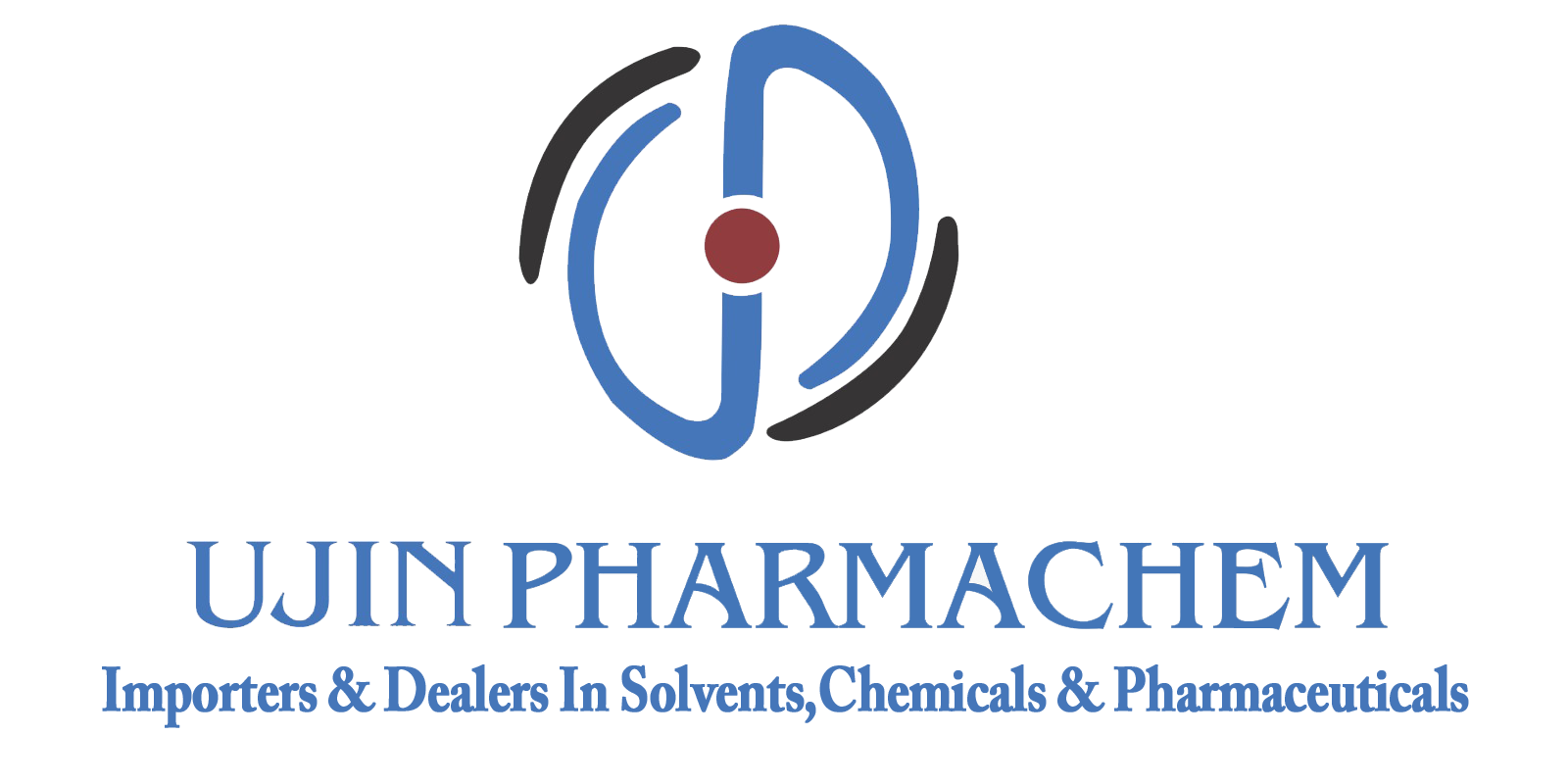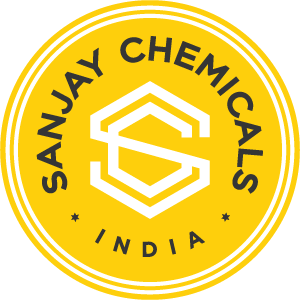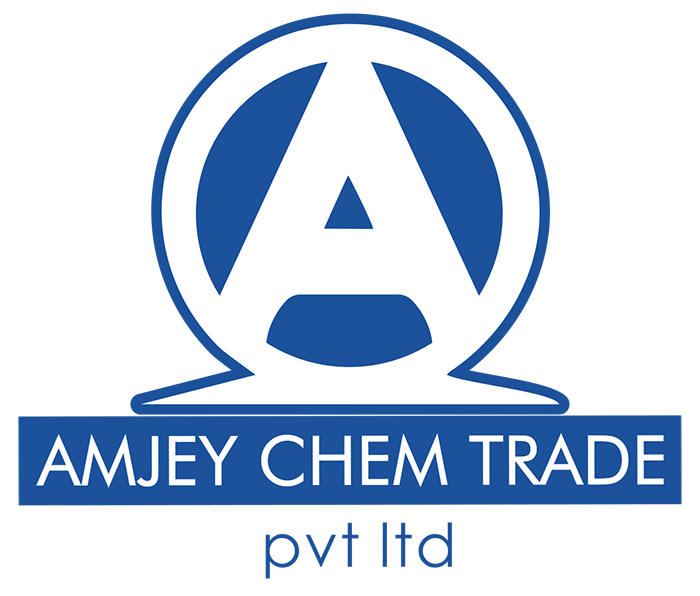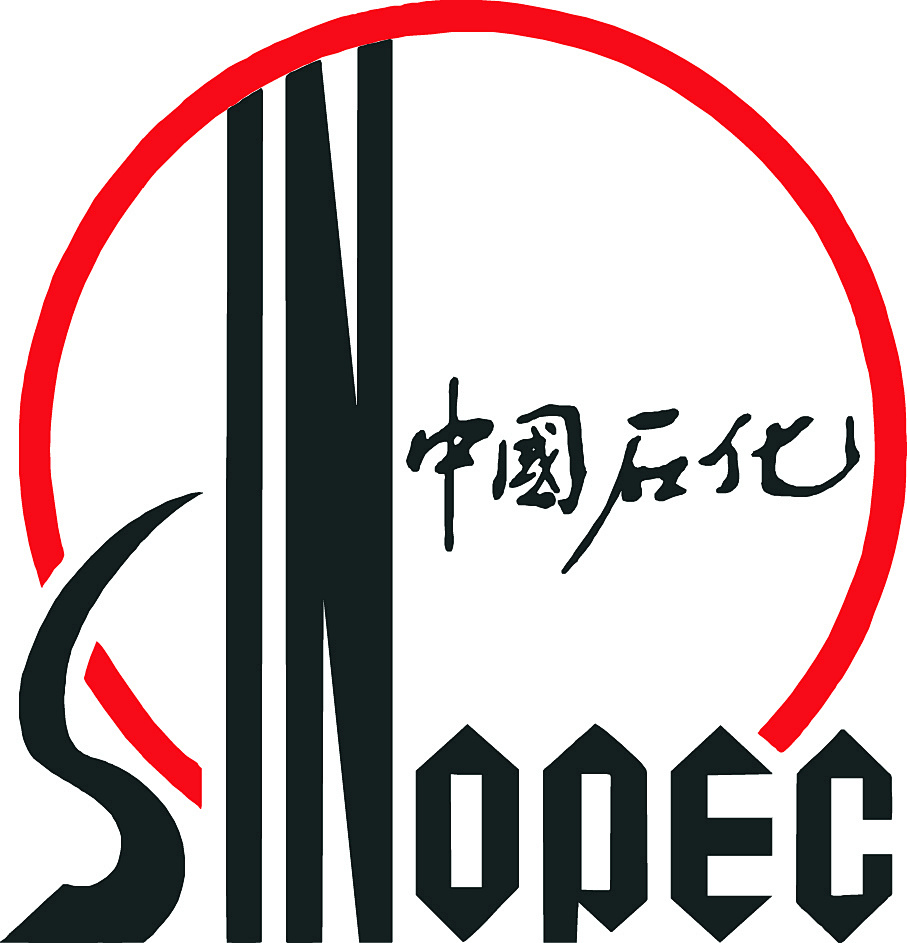molecular structure data
Molar refractive index: 20.60
Molar volume (cm 3 /mol):91.6
Iso tension specific volume (90.2K):196.3
Surface tension (dyne/cm):21.0
Polarimetric (10 3 -24cm ):8.17
Computational Chemistry Data
Hydrophobic parameter calculation reference value (XlogP):0
Hydrogen bond donor quantity: 0
Hydrogen bond acceptor number: 1
Rotatable chemical bond number: 1
Tautomers number: 3
Topological Molecular Polar Surface Area: 17.1
Heavy atom number: 5
Surface charge: 0
Complexity: 38.9
Isotopic atomic number: 0
Determination of atomic stereocenter number: 0
Uncertain atomic stereocenter number: 0
Determine the chemical bond stereocenter number: 0
Uncertain chemical bond stereocenter number: 0
Covalent bond unit number: 1
ecological data
1. Eco-toxicity
LC50: 1690~5640mg/L(96h)(bluegill sunfish);3200mg/L(96h)(black-headed dull fish, pH 7.5);1950mg/L(24h)(Artemia salina);<520mg/L(48h)(Daphnia, pH 8);918~3349mg/L(48h)(Daphnia, pH 7.21)
50 of IC :110~4300mg/L(72h)(algae).
2. Biodegradability
Aerobic biodegradation: 24~168h
Anaerobic biodegradation: 96~672h
3. Non-biodegradable
Water photooxidation half-life: 1.80 × 10 4 ~7.10 × 10 5 h
Air photooxidation half-life: 64.2~642h
Primary hydrolysis half-life:>50a h
Use
1, used as acetate, acrylic resin, alkyd resin, paint, ink and other solvents, dye binder, lubricant dewaxing agent, vulcanization accelerator and
2, used for the determination of cadmium, copper and mercury reagents, chromatographic analysis of standard substances and semiconductor lithography solvent
3, GB 2760-96 provisions for the use of edible spices. Mainly used for the preparation of cheese, coffee and banana flavor. It can also be used as an extraction solvent.
4, mainly used as a solvent, such as for lubricating oil dewaxing, coating industry and a variety of resin solvents, vegetable oil extraction process and refining process of azeotropic distillation, its advantage is strong solubility, low volatility than acetone, medium boiling point ketone solvent. Butanone is also the preparation of pharmaceuticals, dyes, detergents, fragrances, antioxidants and some catalysts are intermediates, synthetic anti-peeling agent methyl ethyl ketone oxime, polymerization catalyst methyl ethyl ketone peroxide, corrosion inhibitor methyl pentyne alcohol, etc., in the electronics industry used as integrated circuit lithography developer.
5, is the preparation of acaricide pyrazine raw materials.
Precautions
Health Hazards
Invasion route: inhalation, ingestion, percutaneous absorption.
health hazards: irritating to eyes, nose, throat and mucous membrane. Prolonged exposure can cause dermatitis. This product is often with 2-hexanone-mixed application, can strengthen 2-hexanone caused by peripheral neuropathy phenomenon, but alone exposure to butanone did not find a peripheral neuropathy phenomenon.
Explosion hazard: The product is flammable and irritating.
Toxicological Data and Environmental Behavior
Toxicity: belongs to low toxicity category.
irritation: rabbit by eye: 80mg, causing irritation. Percutaneous open stimulation test in rabbits: 13780µg(24 hours), mild prick.
Mutagenicity: Sex chromosome deletion and non-disjunction: Saccharomyces cerevisiae 33,800 ppm.
Reproductive toxicity: rats inhaled the lowest toxic concentration (TCLo):3000ppm(7 hours),(pregnant 6-15 days), causing craniofacial (including nose, tongue) dysplasia, genitourinary system dysplasia, causing coagulation abnormalities.
hazardous characteristics: flammable, its vapor and air can form an explosive mixture. In case of open flame, high heat or contact with oxidant, there is a danger of combustion and explosion. Its vapor is heavier than air and can spread to a considerable distance at a lower level, causing backburning in case of an open flame.
Combustion (decomposition) products: carbon monoxide, carbon dioxide.
![]() +086 1911-7288-062 [ CN ]
+086 1911-7288-062 [ CN ]
![]() +852 97481178 [ HK ]
+852 97481178 [ HK ]





































































































